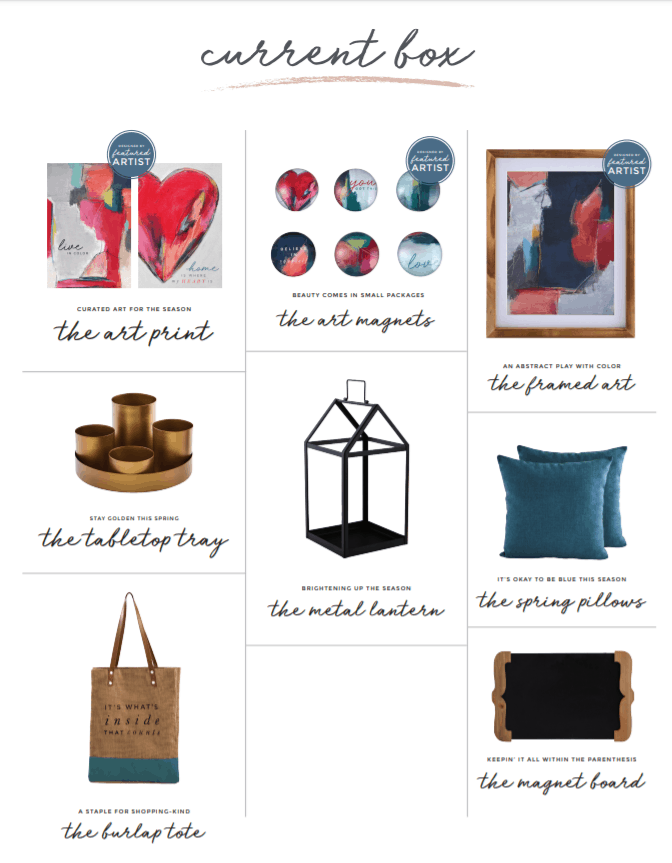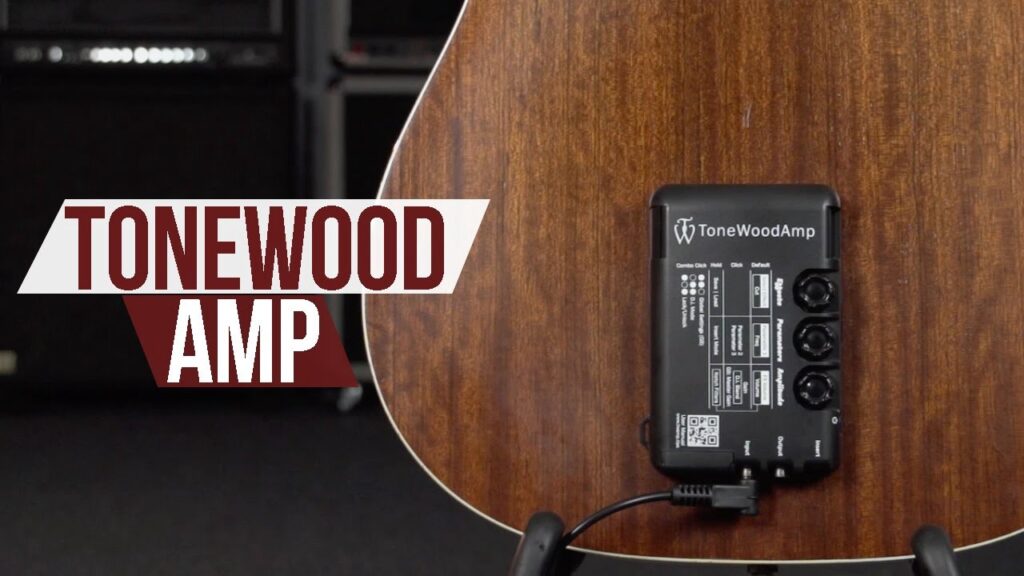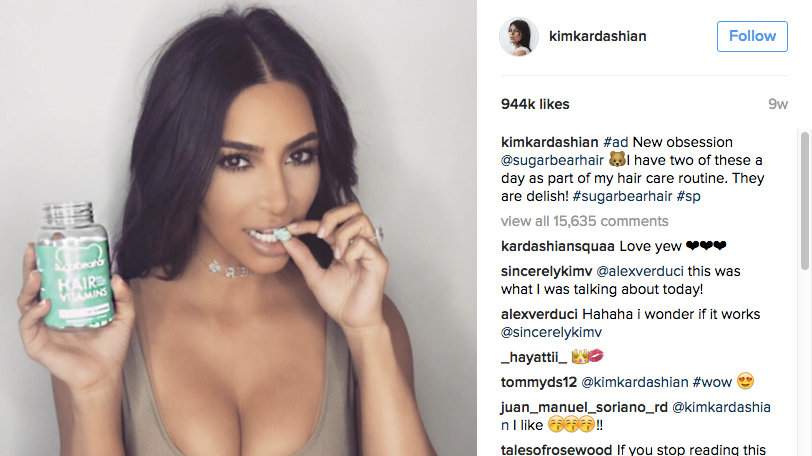Influencer… If the word makes you think of the Kardashians or over-saturated and inauthentic Instagram posts, you’re not alone.
But here’s the truth: influencer marketing can (and should) still be part of your marketing toolbox in 2020. Just not the way you traditionally might think of it.
Here, we’ll review the key things to know, the data to back it up, and — most importantly — how to craft a strategic plan that will drive serious results.
The Four Pillars of Influencer Marketing
The goals of influencer marketing run the gamut. Obviously the end goal is to drive sales and/or conversions, but your secondary goals will point you in one of four directions, which we’ll refer to here as our pillars.
Are you trying to strengthen your brand image, pivot to a new type of messaging or product, or build your brand from scratch? Do you want to learn more about your audience and what messaging they respond to? Do you want to engage a new online community? Identifying those secondary goals will help you define your influencer strategy.
Pillar #1: UGC (User-Generated Content)
User-generated content, or UGC, is a great option for e-commerce marketing- especially if you’ve got a product that your customers want to talk about or share online. This could be any image, video, text, or review one has a personal or emotional connection with: think a skincare that makes you feel (and look) good, eco-friendly and cause-driven products, and luxury brands that promote a certain lifestyle.
Naturally, people want to talk about, share, and recommend these kinds of products and brands. The best part? They’ll often do it for free, which is a big draw for this particular strategy as it yields content for various owned and paid media activities. It can be as simple as re-posting their social media posts or repurposing a testimonial or quote on your brand’s page.
How to make it part of your strategy: You can subtly encourage your customers and fans by mentioning a hashtag to include, or by offering a prompt (“Show us how you use your [XYZ product]”). Sharing and re-posting your followers’ shout-outs will encourage more postings organically, but you may need to get the ball rolling. For example, you could offer a discount code of 15% for those who use your hashtag, or for those special few you select to re-post. Also, explore your hashtags and company’s name, ask anyone who post about you if you could use their content.
Pillar #2: Brand Advocates
Another non-paid option is tapping into your brand advocates. This is a good option for more established brands that already have a loyal following. Do not forget how valuable your fans are to your brand. They are the voice that gives your business credibility. They are not being paid for their opinions; they love your product because of the benefits it has provided them. Utilize these fans and make sure your audience hears them loud and clear. Consider them micro-influencers. They might not have thousands of followers on Instagram, but their voice is genuine and trusted, and just as-if not more-valuable than big-time influencers.
How to make it part of your strategy: Your brand advocates will shout your praises from the rooftop, as long as you give them the opportunity! To lean into this strategy, you’ll need to create a strong community feel on your brand’s social media and plenty of opportunities for engagement. Try asking open-ended questions to encourage comments, replying to your community as often as possible, and posting super-shareable content.
Pillar #3: Brand Partnerships
Next up on our influencer marketing pillars is brand partnerships. With this strategy, brands can leverage other companies to boost engagement, win new audiences, and enhance overall brand positioning. This works best with companies that have some similarities but aren’t direct competitors — for example, an outdoor apparel brand working with an adventure travel company.
Together, you’ll align on messaging, craft a shared incentive for customers (if applicable), and distribute content to both brands’ audiences on social media. In the ideal scenario, both brands get a boost without stepping on each other’s toes. Plus, you’ll extend your marketing budget a bit further by getting two audiences instead of just your own!
How to make it part of your strategy: Brainstorm other companies that would make sense to work with, and float some co-branded campaigns to work together on. These could be ancillary brands, sister brands, or even friends of brand owners/CEOs. Not only can you promote each other, you should leverage Facebook’s “Shared Audiences” feature to target people that went to your partner’s website or interacted with their ads.
Pillar #4: Traditional Influencers
Last but not least, you’ve got your traditional influencers. With this strategy, brands pay for posts and content, whether it’s purely a brand awareness play (“check out XYZ brand, my new favorite for XYZ products”) or sharing a discount code or incentive with the influencer’s audiences (“use my code ABC123 and get 15% off your first purchase”).
Fortunately, it’s also not about the Kim Kardashians of the world anymore. While plenty of brands still lean toward the “macro-influencers” (more than 100k followers), there’s been a large shift to utilizing “micro-influencers” or those with less than 100k followers. While they may have a smaller following, these micro-influencers tend to have a more targeted, niche audience as well as higher engagement overall. They’re also a lot less expensive: typical rates are around $500-$2,000 per post, compared to the macro-influencer’s $20,000-$100,000+.
How to make it part of your strategy: Finding the right influencers for your brand can be taxing, so a lot of companies work with third-party platforms on this. These typically have a monthly fee, finders fee, and may even take a percentage of media spend behind whitelisted posts. You’ll also want to be super clear on your expectations, so prep work and planning is key. You’ll pay more for things like multi-placement posts and whitelisted ads, but keep in mind you can maximize what you pay for when you do it right. Also remember that you should maximize any assets you get way beyond the lifetime of your initial campaign. (More on this later!)
What Do Your Customers Want?
Now let’s get to the tough news: influencer marketing, in any of its forms, can be challenging. Without the right strategy, it can be all-to-easy to fall into the trap of selecting the wrong partners and influencers. Best case scenario, this can lead to a campaign that falls a little flat. Worst case, a mismatched campaign can become a PR nightmare.
Here’s a stat that stood out to us: according to a 2019 survey from Stackla, 92% of marketers believe most or all of the content they create resonates as authentic, yet 51% of consumers say less than half of brands create content that actually resonates as authentic. How’s that for a mismatch?
Marketers aren’t personalizing as well as they think, either. 67% of consumers say it’s important for brands to provide them with a personalized experience, and the numbers are even higher for Gen Z and Millennials (73% and 70%, respectively). But when asked if brands were truly providing this personalized experience, 14% of consumers disagreed and another 41% indicated that they neither agree nor disagree. Not exactly favorable.
So, what’s the takeaway?
Influencer strategies can work — but it’s more important than ever to be strategic about it. It’s not about blindly choosing a celebrity and letting them run loose. In order to make it work and drive showstopping results, you’ll need to spend some time thinking about how you’ll reach your goals, how you’ll make it easy for consumers and influencers to contribute, and ultimately how you’ll get a targeted message to your potential customers, all while remaining authentic and unique.
Our clients have found great success through these strategic partnerships.

Let’s walk through how influencers lead to remarkable growth for our client Decorated. Using a 3rd party software, micro-influencers were identified whose audiences aligned with the brand. Through synchronized posting on specified dates and times, these micro-influencers generated waves of valuable content which we then boosted from their handle using a modest budget. These micro-influencers benefited by getting their page in front of more eyes, while Decorated benefitted from leveraging the existing audience and establishing social proof for the brand. Moreso, Decocrated got content it could use across channels and Branded Content Posts in Facebook that Decocrated could boost. 2 birds, 1 stone. To maximize value, we mixed influencer content with high-value, well-produced media content to create original, informative, and relatable ads that lead to a 50% reduction in customer acquisition costs.
UGC + Branding = Ad Success
For another client, ToneWoodAmp, we utilized a large pool of brand advocates to create authentic ads that consistently reached $5+ ROAS and provided us with an endless supply of content once our existing ad creative became stale. More interestingly, the content inspired others to produce their own content in hopes of being featured as an ad or re-posted by ToneWood.

The ability to reach new audiences through the platforms of happy customers not only drives brand awareness, it lends your product credibility. No matter how effectively you’re sharing your brand’s story or product’s value, new audiences are more likely to trust a fellow consumer than simply take your word for it. Luckily, when you value your customer’s happiness, they are happy to help spread the word.
How to Make It Work For You
Up for the challenge? Awesome. Let’s dive into some of the key considerations as you’re planning and executing.
1. Set Your Foundation.
There are two ways to get content from others: you can go the influencer route, which will cost you. Or you can lean into the UGC or brand advocate strategy, which can be free. Both have pros and cons, but for the latter, keep in mind you’ll need to have a good foundation in place. Basically, you’ll need to make it easy for your consumers to contribute.
Some ideas:
- Encourage your users to tag your brand, and use a content curation platform like TaggBox that automatically imports content that you’re tagged in. You may want to experiment with offering a discount or promo to encourage this.
- Create and promote a branded hashtag that can unify all UGC content, even if the consumer forgets to tag you.
- Ask your customers to share at different points of their buyer’s journey. For example, you can ask them to share a photo after purchase, or post a review or testimonial one week after they receive their order. For some great software recommendations, just reach out and we’ll let you know the platforms that will best guide you to success.
- Reply and engage when someone does mention your brand. Thank them, like their post, and/or re-share it on your brand’s page, making sure to give them credit. This will encourage the user to keep posting and engaging with you. Mention is an incredible tool to help you ensure you are aware of all the conversations happening around your brand so that you can engage as much as possible.
- Do your research: do you need to get more people to post about you or do you need to organize it? What are people already saying and how does that reflect on your brand and roadmap?
2. Establish a Clear, Organized Structure.
Once your foundation is set, make sure you have a process or structure for staying organized throughout the campaign. Larger brands, or those with a loyal fan base, can easily get overwhelmed once the UGC starts rolling in, so make sure you have a team member or an agency partner dedicated to seeing the campaign through. Blink and you might miss out on a perfect 5-start testimonial from an adoring fan!
- Companies like CreatorIQ provide both an Influencer search engine and a Salesforce-esque partner management system. It costs $40k+ a year — an ultra-powerful platform but maybe not in your price range. How can you recreate this yourself?
If you’re not using a specific curation platform, think of other ways to maintain your repository of content. This can be as simple as a spreadsheet, organized by date and category.
Next, create a clear plan of action for what you do with the content. Be strategic about where you’re reposting and repurposing it, matching up specific content with specific emails in your drip funnel, pages on your website, or upcoming promotions. Make sure you have a plan to tackle the less positive internet chatter as well. Unhappy customers are just as infectious as happy ones. Make sure you let audiences know you care, are willing to address the mistake and improve your service from it.
3. Search Strategically.
When it’s time to start looking for influencers for your campaign, don’t be afraid of getting creative. Platforms like GRIN can help, but you can also leverage any current relationships you have (such as partners you’ve worked with in the past) or do your own digging: explore your tags, hashtags, and even your competitors’ pages to see who’s already talking about you.
Once you have your shortlist, make sure they’re aligned with both your target demographics and your campaign goals. With our clients, we like working with a mix of both macro- and micro-influencers to maximize efforts. Above all, understanding your target demo and who will relate to your consumers can make or break your campaign.
4. Align on Expectations.
This is a big one: before any money exchanges hands, make sure you’ve documented and agreed on your expectations. We recommend creating a full campaign brief, outlining the goals, key messages, and more. Here are a few other expectations to establish:
- Will this be a simple post or a branded content play? The latter is when the ad looks like it’s coming from the content creator but actually is controlled by the brand’s ad account behind the scenes. Because these posts can’t be edited, it’s smart to set up an approval process with your content creator, to ensure it’s exactly how you want it to look.
- What are the specific deliverables? Be very clear here on both sides of the agreement. For example, “Our company agrees to send you [XYZ new product] in exchange for 4 Instagram posts and 1 Instagram story, to be posted during the week of May 4–8.” You can also let your influencer know where their content will be featured, such as on your site, social media, or within future email campaigns.
- What type of content do you want to see? We’ve all seen examples of influencer posts that have fallen flat. To avoid this, share some do’s and don’ts, a mood board, or gather some examples that you can provide to your influencer to guide them. This is where testing is key: you’ll need to have a good understanding of what works for your brand and your industry.
- What type of messaging do you want to see? Again, provide clear examples and expectations for your creator, but encourage them to balance that with their own personality and style. For example, you could guide them to answer a specific prompt (how has this product impacted your life? What are your first impressions of the product?) or ask them to include a specific call-to-action at the end.
- How will the post or video stand out? Great content is “thumb-stopping,” meaning it catches a user’s eye as they’re scrolling. If it’s a video for Facebook or Instagram, make sure the creator knows to make it made for a sound-off experience by adding in text overlay or subtitles. (80% of users experience social media with audio off first!)
- How will we track this? Tracking your influencer’s results is important, especially as you’re testing out new audiences and messaging. Options here include providing a specific discount code for them to share or adding a UTM parameter to all links.

